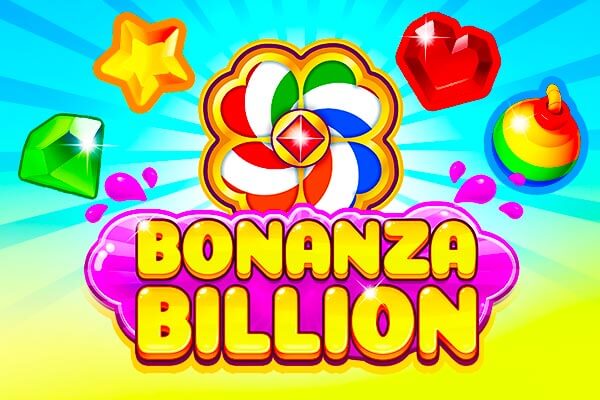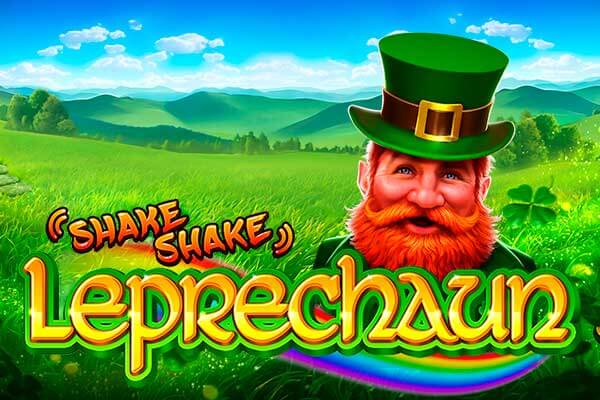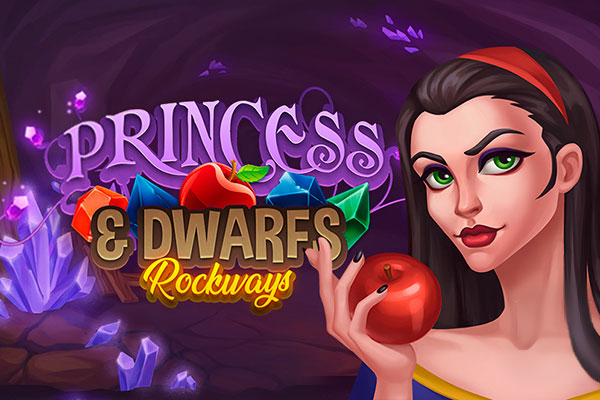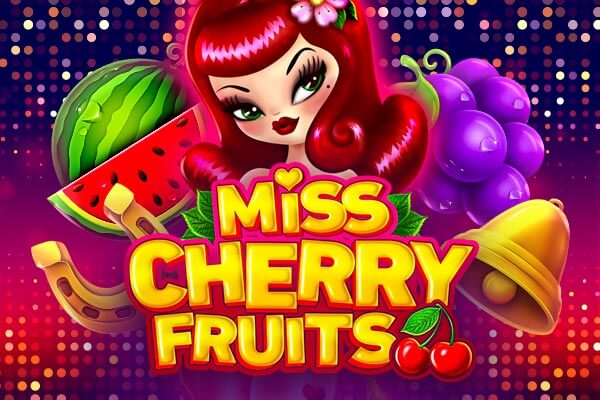Holi Kab Hai 2025? Unveiling the Date, Significance, and Celebrations of the Festival of Colors
Holi, the vibrant and joyous festival of colors, holds a special place in the hearts of millions around the world. As we approach the end of 2024, anticipation is already building for the next celebration. The burning question on everyone's mind is: Holi kab hai 2025? This article provides you with the definitive answer, delves into the profound significance of Holi, and offers a glimpse into how this spectacular festival is celebrated.
When is Holi in 2025? The Official Date
Mark your calendars! In 2025, Holi will be celebrated on March 14th, 2025. This date is based on the Hindu lunar calendar, specifically the Phalguna Purnima, which marks the full moon day in the month of Phalguna. Celebrations often begin the evening before with Holika Dahan.
Understanding the Significance of Holi: More Than Just Colors
Holi is more than just a fun-filled festival involving vibrant colors and playful water fights. It's a celebration steeped in rich mythology, symbolism, and cultural significance. Understanding these layers adds depth to the experience of Holi.
The Triumph of Good Over Evil: The Legend of Holika and Prahlad
The most popular legend associated with Holi is the story of Holika and Prahlad. Hiranyakashipu, a powerful demon king, demanded that everyone worship him. However, his own son, Prahlad, remained devoted to Lord Vishnu. Enraged, Hiranyakashipu plotted to kill Prahlad with the help of his sister, Holika, who possessed a boon that made her immune to fire. Holika sat with Prahlad in a blazing fire, but due to his unwavering devotion to Vishnu, Prahlad was saved, while Holika was burned to ashes.
This story symbolizes the victory of good over evil, the power of devotion, and the triumph of righteousness. The Holika Dahan ritual, performed on the eve of Holi, commemorates this event and serves as a reminder to burn away negative qualities and embrace positivity.
The Divine Love of Radha and Krishna: A Celebration of Color and Affection
In the Braj region of India, particularly in Vrindavan and Mathura, Holi is deeply connected to the divine love of Radha and Krishna. It is believed that Krishna, who had a dark complexion, was jealous of Radha's fair skin. His mother, Yashoda, playfully suggested that he color Radha's face to make them appear the same.
This playful act is believed to be the origin of the tradition of playing Holi with colors. The celebrations in Vrindavan and Mathura are particularly vibrant and elaborate, attracting thousands of devotees and tourists from around the world. The use of colors symbolizes love, affection, and the dissolving of social barriers.
A Festival of Spring: Welcoming New Beginnings
Holi also marks the arrival of spring, a time of renewal, growth, and abundance. The vibrant colors of Holi mirror the blossoming flowers and the vibrant energy of nature. It's a time to shed the old and embrace the new, to forgive past grievances, and to strengthen relationships. The festival is often associated with themes of fertility, harvest, and new beginnings.
Celebrating Holi: A Kaleidoscope of Traditions
Holi celebrations vary across different regions of India and the world, but the core elements of color, music, dance, and feasting remain consistent. Here's a glimpse into the diverse traditions associated with Holi:
- Holika Dahan (Chhoti Holi): The burning of a pyre symbolizing the burning of Holika, representing the destruction of evil. People gather around the fire to sing, dance, and offer prayers.
- Playing with Colors (Dhulandi): The main day of Holi is celebrated with the playful throwing of colored powders (gulal) and colored water on each other. This is a time for unrestrained joy, laughter, and camaraderie.
- Water Fights: Water balloons, water guns (pichkaris), and even buckets of water are used to drench friends and family in a playful battle of colors.
- Traditional Sweets and Dishes: Holi is incomplete without indulging in traditional sweets and dishes like gujiya (sweet dumplings), thandai (a milk-based drink flavored with nuts and spices), dahi bhalle (lentil dumplings in yogurt), and other regional delicacies.
- Music and Dance: Folk songs and dances are an integral part of Holi celebrations. Traditional music is played on instruments like the dhol (drum) and the harmonium, creating a lively and festive atmosphere.
- Community Gatherings: Holi is a time for community bonding. People visit each other's homes, share sweets, and exchange greetings. Many communities organize Holi parties and events, fostering a sense of unity and togetherness.
Holi Celebrations Around the World
While Holi originated in India, its vibrant spirit has spread across the globe. Many countries with significant Hindu populations, such as Nepal, Sri Lanka, Mauritius, Fiji, and Trinidad and Tobago, celebrate Holi with great enthusiasm. In recent years, Holi has also gained popularity in Western countries, with organized Holi festivals and events taking place in cities around the world, attracting people of all backgrounds and cultures. These events provide a platform for experiencing the joy and vibrancy of Holi while promoting cultural understanding and diversity.
Preparing for Holi 2025: Tips and Precautions
To ensure a safe and enjoyable Holi celebration in 2025, consider these tips and precautions:
- Use Natural Colors: Opt for natural or herbal colors made from flowers, herbs, and vegetables. These are gentler on the skin and less harmful to the environment. Avoid synthetic colors, which may contain chemicals that can cause skin irritation or allergies.
- Protect Your Skin and Hair: Apply oil to your skin and hair before playing Holi to create a protective barrier against the colors. This will make it easier to remove the colors later. Wear old clothes that you don't mind getting stained.
- Stay Hydrated: Drink plenty of water throughout the day to stay hydrated, especially if you are playing Holi outdoors in warm weather.
- Protect Your Eyes: Wear sunglasses or protective eyewear to shield your eyes from the colors. If you get color in your eyes, wash them thoroughly with clean water.
- Be Mindful of Others: Be respectful of others' wishes and avoid throwing colors on people who don't want to participate. Be especially careful around children, elderly people, and pregnant women.
- Celebrate Responsibly: Avoid excessive alcohol consumption and ensure that you are celebrating in a safe and responsible manner.
- Clean Up Afterwards: After the celebrations, take a shower and wash your skin and hair thoroughly to remove the colors. Use a mild shampoo and soap.
Data Related to Holi Celebrations
Here is some data showcasing the popularity of Holi celebrations:
| Metric | Data | Source |
|---|---|---|
| Number of Holi Participants Globally | Estimated to be in the hundreds of millions, with significant celebrations in India, Nepal, and other countries with large Hindu populations. | Various Cultural Organizations |
| Economic Impact of Holi in India | Contributes significantly to the tourism, hospitality, and retail sectors, with an estimated revenue generation of billions of Rupees annually. | Economic Surveys |
| Social Media Mentions | Holi-related hashtags and keywords trend globally on social media platforms during the festival period, generating millions of impressions and engagements. | Social Media Analytics |
| Increase in Color Sales | Sales of colors, water guns, and Holi-related products surge in the weeks leading up to the festival, indicating the high level of consumer demand and participation. | Retail Sales Reports |
Holi Calendar: Key Dates for the Next Few Years
| Year | Holika Dahan (Chhoti Holi) | Holi (Dhulandi) |
|---|---|---|
| 2024 | March 24 | March 25 |
| 2025 | March 13 | March 14 |
| 2026 | March 4 | March 5 |
| 2027 | March 23 | March 24 |
| 2028 | March 12 | March 13 |
Frequently Asked Questions (FAQs) about Holi
Q: What is the significance of Holika Dahan?
A: Holika Dahan symbolizes the burning of Holika, representing the triumph of good over evil. It commemorates the story of Prahlad, who was saved from being burned alive by his evil aunt Holika due to his unwavering devotion to Lord Vishnu.
Q: What is gulal?
A: Gulal is the colored powder used during Holi celebrations. It is traditionally made from natural ingredients like flowers, herbs, and vegetables. Nowadays, synthetic gulal is also available, but natural gulal is preferred for its safety and environmental friendliness.
Q: Why do people throw water on each other during Holi?
A: Throwing water on each other during Holi is a playful tradition that adds to the fun and excitement of the festival. It is also believed to symbolize cleansing and purification.
Q: Is it safe to play Holi with synthetic colors?
A: Synthetic colors can contain harmful chemicals that can cause skin irritation or allergies. It is best to opt for natural or herbal colors, which are gentler on the skin and less harmful to the environment.
Q: How can I protect my skin and hair during Holi?
A: Apply oil to your skin and hair before playing Holi to create a protective barrier against the colors. This will make it easier to remove the colors later. Wear old clothes that you don't mind getting stained.
Q: What are some traditional Holi dishes?
A: Some popular Holi dishes include gujiya (sweet dumplings), thandai (a milk-based drink flavored with nuts and spices), dahi bhalle (lentil dumplings in yogurt), and other regional delicacies.
Q: Where can I find Holi celebrations near me?
A: Check online event listings, community centers, and local temples for information about Holi celebrations in your area. Many cities and towns organize Holi festivals and events that are open to the public.
Q: How is Holi celebrated differently in different regions of India?
A: Holi celebrations vary across different regions of India. In some regions, the focus is on playing with colors, while in others, there are elaborate processions, religious ceremonies, and cultural performances. The Braj region of India, particularly Vrindavan and Mathura, is known for its vibrant and elaborate Holi celebrations, which are deeply connected to the divine love of Radha and Krishna.
Q: What is the importance of music and dance in Holi celebrations?
A: Music and dance are an integral part of Holi celebrations. Folk songs and dances are performed on instruments like the dhol (drum) and the harmonium, creating a lively and festive atmosphere. The music and dance express the joy and exuberance of the festival.
Q: What is the best way to remove Holi colors from my skin and hair?
A: Wash your skin and hair thoroughly with a mild shampoo and soap. You can also use a gentle scrub to remove stubborn colors. Avoid using harsh chemicals or excessive scrubbing, which can irritate your skin.
Conclusion: Embrace the Joy of Holi 2025
Holi is a festival of immense joy, color, and community spirit. Knowing that Holi kab hai 2025? (March 14th) allows you to plan and prepare for this fantastic celebration. Embrace the traditions, celebrate responsibly, and spread the message of love, harmony, and goodwill. Let the colors of Holi paint your life with happiness and prosperity in the year ahead!
Slots and Games

{{Games-kaz}}

Wilds of Fortune

Aztec Sun Hold and Win

Shake shake Leprechaun

The Princess & Dwarfs

Aloha King Elvis

Aztec Magic Megaways

Miss Cherry Fruits

Shake Shake Money Tree

Shark Spin